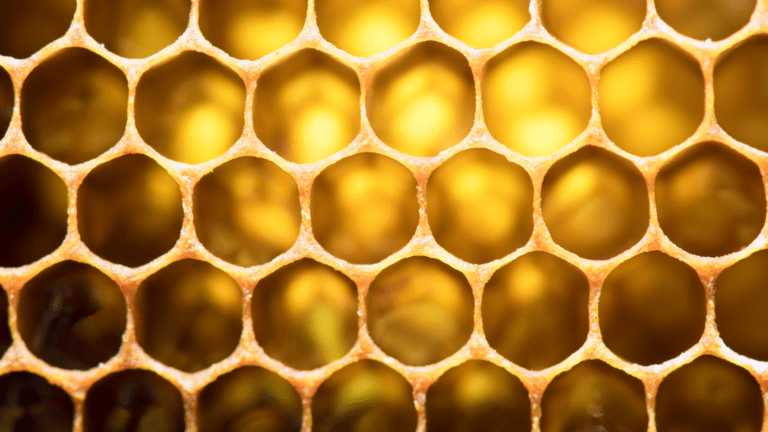How to beat Ultra Processed Foods
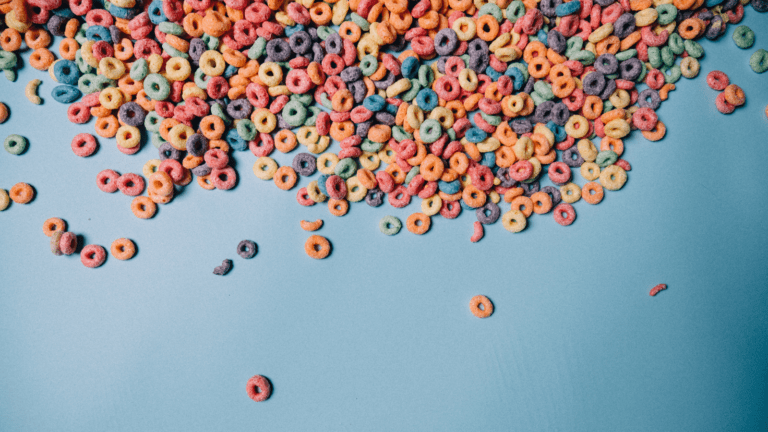
How do we improve our dietary health, and decrease our environmental footprint? This blog proposes improved food labelling and a radical scheme to force supermarkets to market and sell healthier food products.
We all know that burning fossil fuels for electricity, heat and transport causes climate change. But agriculture and our diets are also significant, creating over one quarter of human induced emissions.
Carbon dioxide is emitted from farm machinery, transporting food and food processing, but there are much bigger climate impacts from nitrous oxide and methane emissions. Producing and using synthetic nitrogen fertiliser emits nitrous oxide. Rearing livestock emits methane from animal digestion (particularly cattle and sheep) and from managing manure.
Of course we all need to eat, but what should we eat? Can we eat a healthy diet that is not bad for the environment?
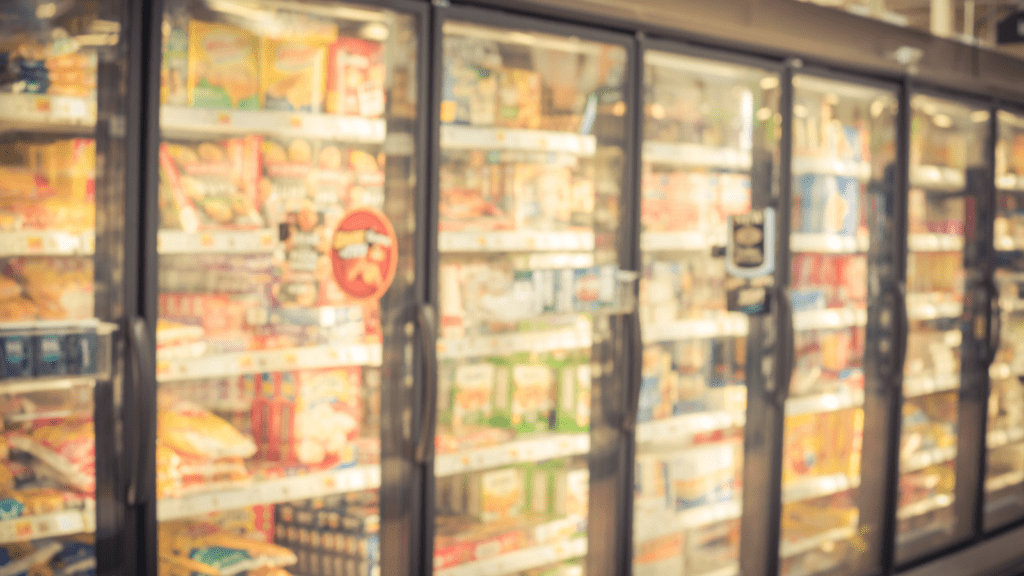
In the 1980’s, the bad health ‘culprits’ were too much sugar, salt, and saturated fats. There have been health campaigns, new recipes and even a sugar tax for fizzy drinks, yet out health has not improved. Rates of obesity keep on rising. The overarching culprit turns out to be ultra processed foods (UPFs).
UPFs are a wide range of foods that have been developed and perfected by food manufacturers since the 1970’s. In 2023, ultra-processed foods made up 57% of an average adult’s calories in the UK, rising to 65% for children. This compares unfavourably with around 20% in Italy and Taiwan.
What are Ultra-processed foods?
UPFs are foods that have been processed in a factory. They contain ingredients added that you won’t recognise and can’t buy in a supermarket, such as preservatives, sweeteners, emulsifiers, artificial colours and flavours. UPFs are often high in calories, saturated fat, salt, or sugar.
Examples include ice cream, chips, sausages, chicken nuggets, frozen pizza, crisps, cakes, biscuits, sweets, fizzy drinks, and packet soups. You can see what the problem is. Most of us like these foods, especially children.
Mass produced bread and most breakfast cereals may have some health benefits but are still UPFs. And vegans and vegetarians beware, as plant-based meat, cheese substitutes and many ready meals are also ultra-processed.
What’s the problem?
There is a strong correlation between the increased uptake of ‘convenient’ UPFs and rising rates of obesity. We all intuitively know this, as we even call UPFs ‘junk food’ but this knowledge does not stop us buying it, or feeding it to our children.
A diet containing a large proportion of UPFs is linked to a greater risk of high blood pressure, cardiovascular disease, heart attack, type 2 diabetes, stroke, and early death. Not a great advertisement you’d think, but that doesn’t stop the brands and marketeers.
Some scientists argue that UPFs also have an addictive nature to them, but this is still disputed and unproven.
Many packaged UPFs contain palm oil and soya, both of which are associated with destruction of the tropical rain forests.
In addition, the extra processing in a factory increases the carbon emissions associated with UPFs. Many processed foods require energy to keep them frozen to increase their shelf life. However, please remember that the emissions from agriculture is more important in determining the carbon impact of our diets than the processing and transport—a diet of vegan processed food will have a lower carbon impact than eating unprocessed meat, but it is unlikely to be a balanced and healthy diet.
In general, a vegan or vegetarian diet—fruit, vegetables, nuts, wholegrains and pulses—will have the lowest emissions. Avoid red meats and dairy products.
Who developed Ultra-processed foods and why?
UPFs were designed in the 1970s by top scientists employed by the food manufacturers. They are convenient, “ready meals” or snacks, and have a long shelf life or can be frozen. They are designed to taste good and melt in our mouths. They can be eaten with little chewing which means we eat faster and don’t feel full up as quickly. They are marketed at us to raise brand awareness and often targeted at children with a suggestion that they are good and healthy (think breakfast cereals).
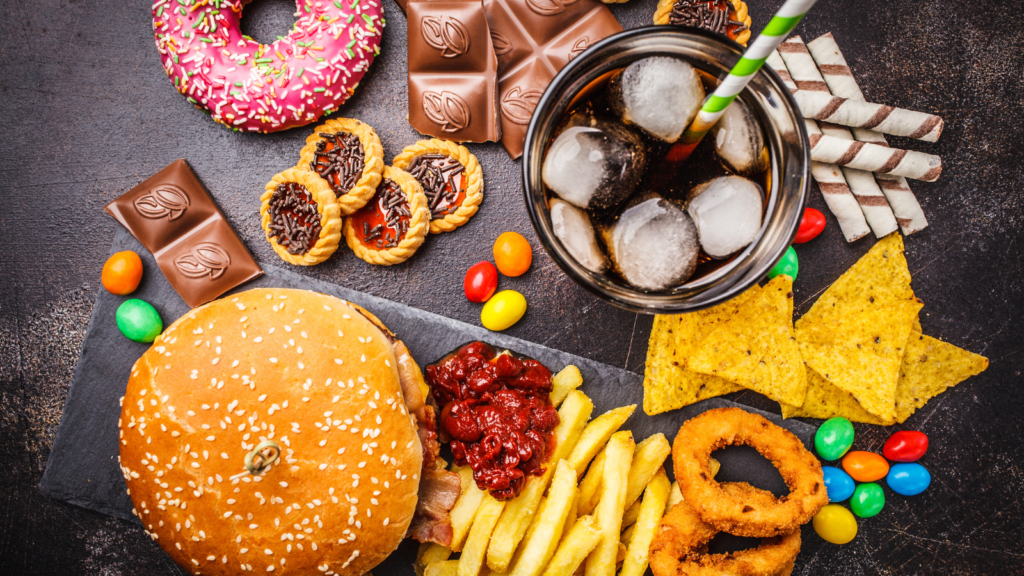
They often use cheap ingredients which makes them attractive to lower income households. Meanwhile, the convenience of ready meals appealed to busy families, particularly as more women joined the workforce.
So, the food manufacturers and marketeers developed a product that the consumer wanted to buy. In a global and market led economy, once one food company developed UPFs, all the others had to follow suit regardless of any health concerns. In the absence of any meaningful regulations, food manufacturers would have gone out of business if they hadn’t joined the bandwagon.
Some examples please?
For breakfast I could eat Shreddies. The packet is colourful, and it sounds vaguely healthy— “unlock your morning energy”. There is nutritional information on the packet which all looks ok, but I am no expert. The ingredients listed are wheat, sugar, invert sugar syrup, barley malt extract, fat reduced cocoa powder, cocoa powder, cocoa mass, salt, bulking agent, calcium carbonate, molasses, flavouring, iron and vitamins B3 (niacin), B5 (pantothenic acid), B9 (folic acid), B2 (riboflavin), and vitamin B6 which I am told refers to a group of six chemically similar compounds.
Or I could eat porridge. The only ingredient is oats.
For a snack I could eat a packet of cheese and onion crisps. It contains potatoes, high oleic sunflower oil, mature cheddar and onion flavour seasoning, whey powder, onion powder, sea salt, mature cheddar cheese powder, yeast powder, sugar, yeast extract powder, salt, natural flavouring, parsley, paprika extract, citric acid.
Or I could eat some nuts.
How about tomato and basil cup-a-soup? Potato starch, sugar, tomato powder, dried glucose syrup, wheat flour, palm oil, salt, yeast, antioxidant, flavourings, maltodextrin, salt, onion powder, paprika extract, milk proteins, trisodium citrate, dipotassium phosphate, dried basil, dried parsley, malt vinegar powder, calcium carbonate, iron, niacin and thiamin. Sounds like a chemistry experiment!
I could make a pot of home-made soup using leftovers or fresh ingredients.
What to do?
Tackling this is difficult, a bit like trying to walk the wrong way against a crowd leaving a football match. Clever marketing, supermarkets, society, convenience, taste, peer pressure and price all conspire against us. This is a systemic problem which can only be tackled in systemic way. There is a fundamental problem where the Government can have a conflict of interest when regulating the food industry, as political parties receive significant donations from the major international food companies. Food companies (like oil, gas and tobacco companies) are adept at sowing seeds of doubt and watering down any proposed regulations.
Regulation—the ‘free’ market has forced major food manufacturers to adopt and perfect UPFs. So, strict regulations are necessary to overcome this and create a new and healthier level playing field.
Marketing—introduce stricter regulations against advertising certain UPFs, particularly adverts targeted at children [the UK Government is planning a ban from October 2025 on adverts for junk food on TV before 9pm and on certain online ads].
Labelling—food labels are already quite complicated and busy. A ‘traffic light’ system has been introduced, but they don’t tell you much or anything about the carbon footprint of foods or whether the food is ultra processed.
- By scanning the QR code, the Yuka app indicates if any ingredient is considered to be potentially harmful and provides information on the health impact of food products.
- TrueFood lists the ingredients of common grocery goods in the USA. It allocates a score based on how processed the product is and ranks it against its competitor products.
However, this is too time consuming for the average shopper. How about a simple labelling system, 1 to 5, to indicate how processed each food is?
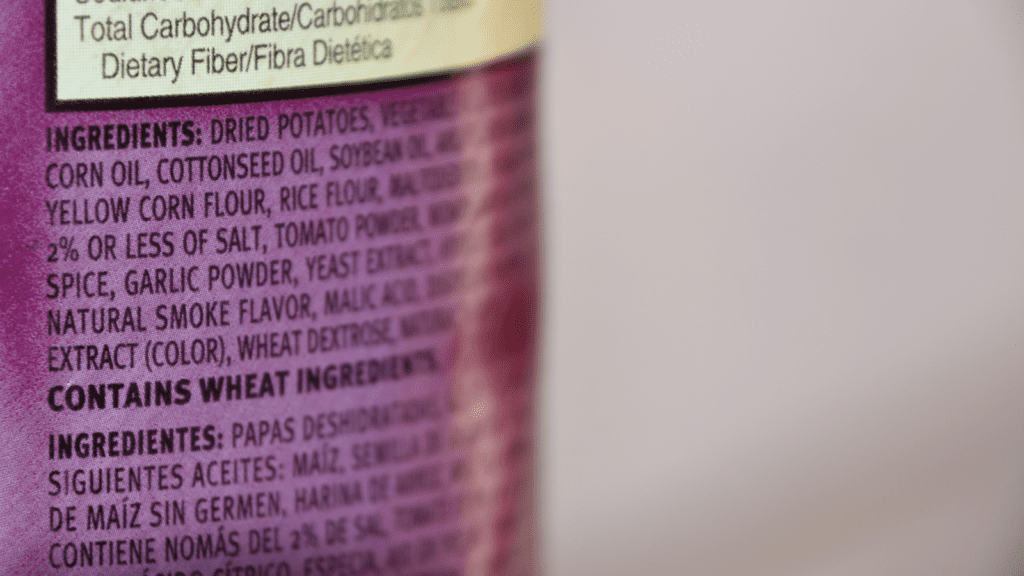
Education—children should be taught how to cook healthily at school and there should be (subsidised) night classes for adults. The government in Canada has published a guide to healthy eating and UPFs.
Public sector—create healthier choices at schools, hospitals, and prisons (e.g. Jamie Oliver campaigned for healthier school meals).
Local food—encourage allotments, farm shops, and markets selling fruit and vegetables.
Even with all of the above, change will be difficult. We could look at other countries that have successfully resisted the rising tide of UPFs (e.g. Italy). The Mediterranean Diet is known to be healthy (see my blog on Mediterranean Diet), and society is more cohesive with families more likely to cook with raw ingredients and eat together.
A more radical solution would be to force supermarkets to promote healthier choices. Could we regulate to create an upper limit on the percentage of their turnover from selling UPFs? This cap could be lowered slightly every year.
Conclusion
A bit like the long running campaign against smoking and now vaping (see my blog on Smoking and Climate), encouraging healthy and low carbon food choices is difficult and may take many decades. But surely the evidence is now clear. We need to start somewhere.
[This blog was inspired by the BBC’s documentary “Irresistible – why we can’t stop eating”, narrated by Dr Chris van Tolleken].
Neil’s book, Carbon Choices, on the common-sense solutions to our climate and nature crises, is available direct from http://www.carbonchoices.uk/index.php/buy. Neil is donating one third of profits to rewilding projects.
Republished with permission from: http://www.carbonchoices.uk/index.php/blog/blog-67






